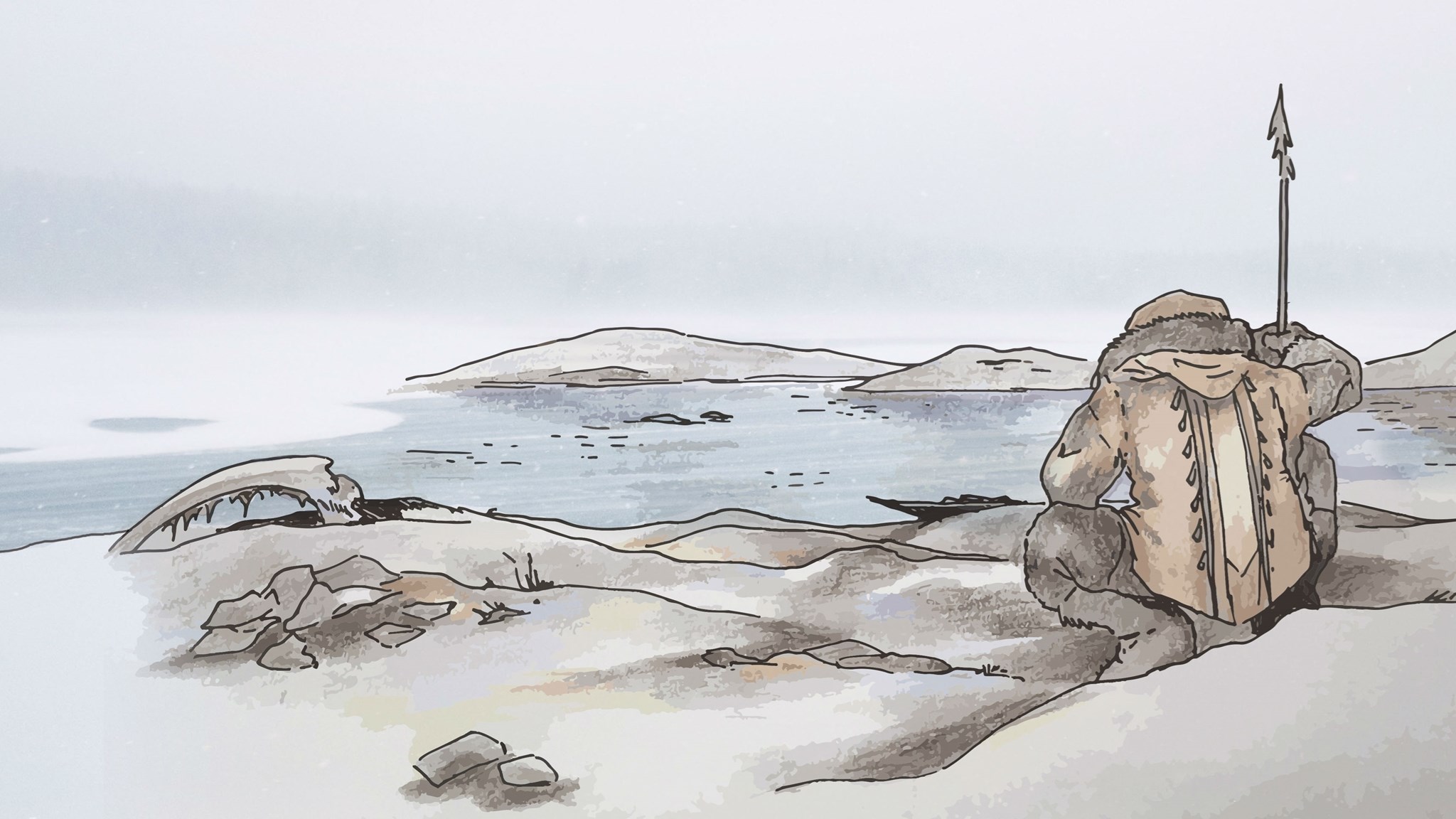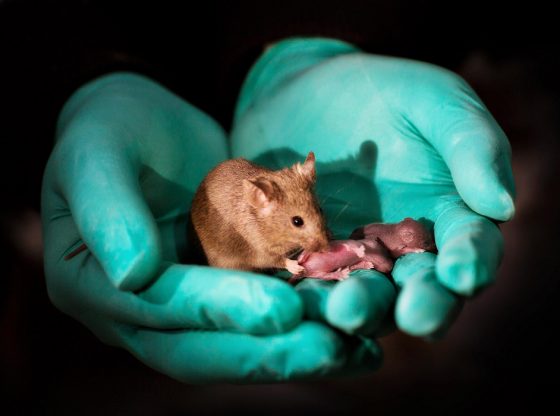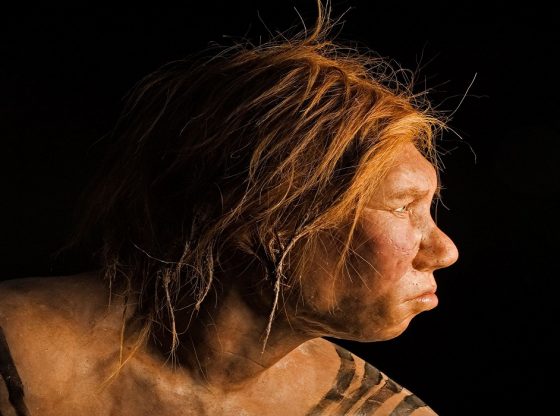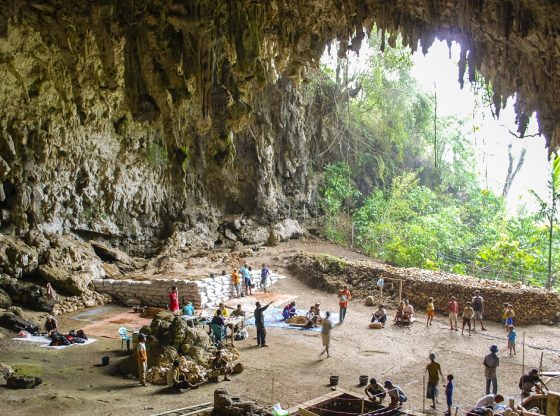Ancient DNA from mainland Finland reveals for the first time that ancestors of Saami people came from Siberia more than 3,500 years ago.
The researchers from the Max-Planck-Institute for the Science of Human History in Germany and the University of Helsinki in Finland, have analyzed the first ancient DNA from mainland Finland.
With ancient DNA was extracted from bones and teeth from a 3,500-year-old burial on the Kola Peninsula, Russia, and a 1,500-year-old water burial in Finland. The results reveal the possible path along which ancient people from Siberia spread to Finland and Northwestern Russia.
Ancient Finnish populations probably lived a mobile, nomadic life, trading and moving over a large range, with far-reaching contacts to other populations.
The ancient DNA has also been compared to modern populations. Siberian origins are still visible in the Sámi, Finns and other populations of the Finno-Ugric language family.
Among modern European populations, the Saami have the largest proportion of this ancient Siberian ancestry. The population in Levänluhta was more closely related to modern-day Saami people than to the non-Saami Finnish population today.
“However, it has been mixed up with the European genome. Of all European populations, modern Sámi are the most evident representatives of the Siberian genome. As for the title of the modern people with the largest Siberian genetic component, that privilege goes to the Nganasan people living in northern Siberia,”
– Päivi Onkamo, head of the SUGRIGE project at the Universities of Helsinki and Turku.
The study also shows that people genetically similar to present-day Saami people inhabited areas in much more southern parts of Finland than the Saami today.
Reference:
Thiseas C. Lamnidis et al. “Ancient Fennoscandian genomes reveal origin and spread of Siberian ancestry in Europe“. Nature Communications 27 november 2018. DOI: 10.1038/s41467-018-07483-5












![OpenAI. (2025). ChatGPT [Large language model]. https://chatgpt.com](https://www.illustratedcuriosity.com/files/media/55136/b1b0b614-5b72-486c-901d-ff244549d67a-350x260.webp)
![OpenAI. (2025). ChatGPT [Large language model]. https://chatgpt.com](https://www.illustratedcuriosity.com/files/media/55124/79bc18fa-f616-4951-856f-cc724ad5d497-350x260.webp)
![OpenAI. (2025). ChatGPT [Large language model]. https://chatgpt.com](https://www.illustratedcuriosity.com/files/media/55099/2638a982-b4de-4913-8a1c-1479df352bf3-350x260.webp)








